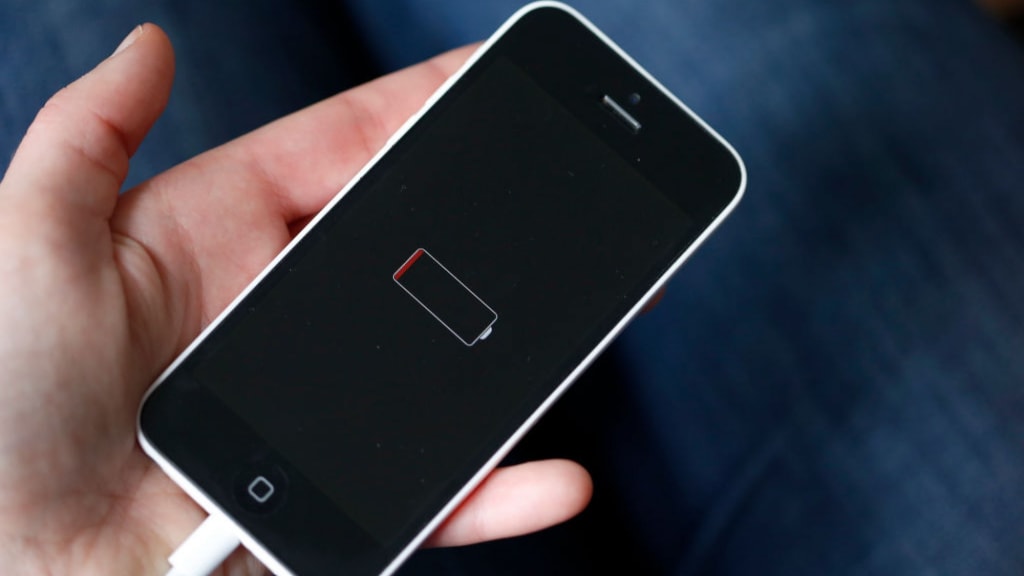Last week, Apple rolled out the most recent version of its iOS 16 beta, and it almost broke the internet. That’s obviously a bit of an exaggeration, but it definitely seemed like it if you paid attention to reaction online.
That’s because Apple added back the battery percentage indicator in the status bar five years after it disappeared. If that doesn’t seem controversial to you, it’s probably because you don’t care about beta software and don’t spend all of your time on Twitter–both of which are totally normal ways to live your life.
Even if that’s the case, you should care about the change because it’s going to make your life so much better. First, however, I should mention that since this is a beta version of iOS, Apple could still make changes or it might choose not to include the new design at all. I hope it does because it’s so much better than the current version.
First, let me just say that if Apple includes the new version exactly as it is in the public release this fall, a lot of people are going to have strong feelings. It’s definitely different, and, in the case of the beta, Apple just turned it on for everyone (you can turn it off within Settings > Battery > Battery Percentage).
Of course, some of you are thinking “what’s all the fuss, my iPhone has the percentage on the screen?” If that’s you, it’s because you are still rocking an iPhone 8 or earlier, or have one of the newer iPhone SE models.
The reason it disappeared on newer iPhones is pretty simple. When Apple switched to the iPhone X design with a notch, it lost real estate at the top of the screen for the status bar. Now, anything it might want to show you has to fit into the two smaller “ears” on either side of the camera and Face ID sensors. So, Apple just switched to showing an icon that is supposed to give you a visual representation of how much battery remains.
I had no idea how bad this design was until I saw the beta version on my own iPhone. The best thing about the change, however, isn’t that the percentage is back, it’s the way Apple incorporated it into the status bar.
Under the current design in iOS 15, the battery icon slowly appears to deplete over time as your battery drains. The new version is simply a numerical indicator of your remaining battery percentage, inside a battery-shaped icon that is completely filled in. The key is that the background of the battery icon doesn’t change–it’s always filled in.
If you get down below 20 percent, the indicator does change colors, but it still appears “full,” if you will. For someone (like me) who gets battery anxiety, this is so much less stress-inducing. I say this as someone who has unfollowed people on Twitter because they post screenshots of their iPhone which happen to have less than 20 percent battery remaining.
In fact, I wasn’t sure I really needed a more overt reminder that all batteries eventually die. The thing is, this new design has the opposite effect.
Here’s why I love this: It gives you the information without the anxiety. If you want to know your battery percentage you can have that information without the visual image that your battery and–therefore, your device–is slowly headed to death.
There are, obviously, very good reasons you might want to know how much battery life you have. You might be traveling. You might be headed out to work and notice that you forget to plug in your iPhone the night before. You might be headed to a kid’s soccer game after work where you want to capture videos and photos and need to know if you should charge first.
It doesn’t really matter why you want to know how much charge is left, the point is you should be able to get that information without it inducing anxiety every time you glance at your phone. Now, you finally can.
